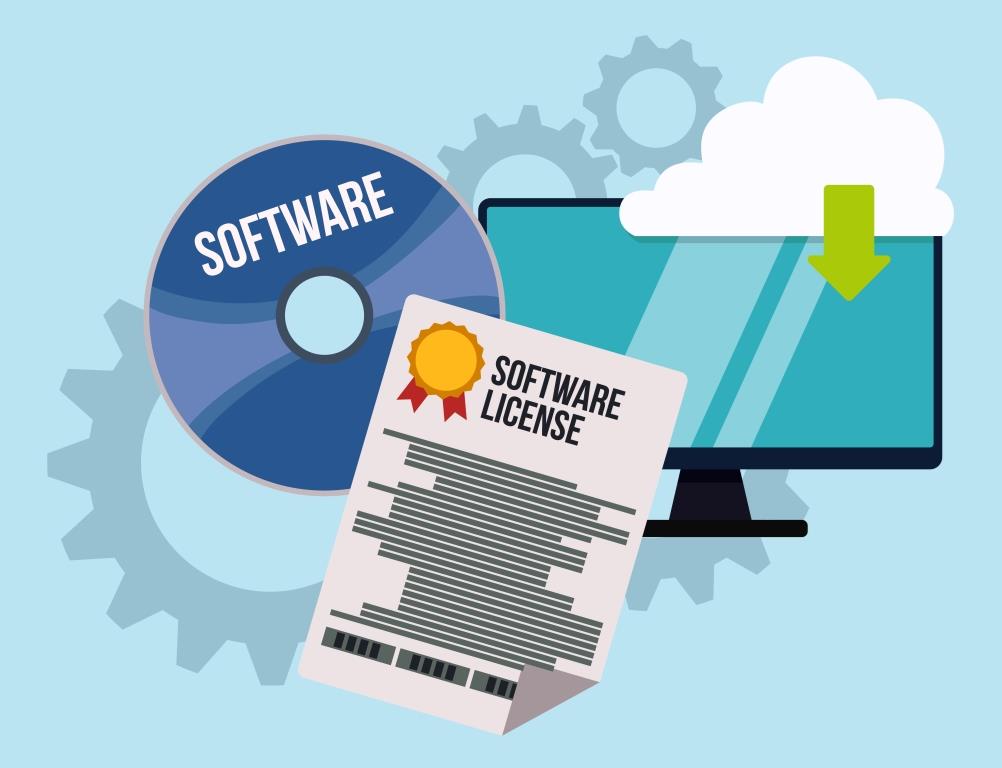Software Licensing Labyrinths: Navigating Legal Issues In Software Use

In the intricate world of software, licensing agreements govern the permissible use of software products. Understanding these agreements is crucial to avoid legal pitfalls and ensure compliance. Software licensing agreements can be complex and challenging to navigate, often resulting in confusion and potential legal risks.

Types of Software Licenses

Various software licenses fall into two main categories: proprietary and open source. Proprietary licenses grant exclusive rights to use the software to the licensee, while open source licenses allow users to modify and distribute the software freely.
Key Licensing Terms
Essential terms to consider in software licensing agreements include:
- Permitted Use: Defines specific activities users can legally perform with the software.
- Intellectual Property Rights: Clarifies ownership and restrictions on modifying or distributing the software.
- Distribution Rights: Determines who can distribute the software and under what conditions.
- Support and Maintenance: Specifies the software vendor’s responsibilities for providing technical assistance.
- Warranties and Liability: Outlines the vendor’s guarantees regarding software performance and limits their liability for damages.
Legal Implications of Non-Compliance
Breaching software licensing agreements can lead to legal consequences. Unauthorized use, distribution, or modification of software can result in:
- Copyright infringement lawsuits
- Violation of intellectual property rights
- Contractual breaches
- Fines and penalties
Best Practices for Software Licensing
To mitigate legal risks and ensure ethical software use, consider the following best practices:
- Review the License Agreement Thoroughly: Carefully read and understand all terms and conditions of the licensing agreement.
- Seek Legal Advice When Needed: Consult with an attorney if any terms of the agreement are unclear or ambiguous.
- Obtain Written Permission: Always obtain written authorization before modifying or distributing software governed by a proprietary license.
- Document Usage and Compliance: Maintain records of software installations and usage to demonstrate compliance with the license terms.
Navigating software licensing labyrinths requires careful attention to the legal implications. By understanding the types of licenses, key terms, and best practices, businesses and individuals can mitigate risks and ensure responsible software usage.## Software Licensing Labyrinths: Navigating Legal Issues In Software Use
Executive Summary
The world of software licensing is a complex web of rights, restrictions, and legal jargon. Failure to fully understand and comply with software licensing agreements can lead to costly consequences. This comprehensive guide assists organizations, businesses, and individuals in navigating the maze of software licensing, ensuring compliance and avoiding potential legal pitfalls.
Introduction
In today’s digital landscape, software has become an indispensable tool for countless organizations and individuals. However, the legal framework surrounding software use is often complex, making it crucial to have a clear understanding of software licensing agreements before installing or using any program.
FAQs
-
What are the different types of software licenses?
- Open source: Free to use, modify, and distribute.
- Proprietary: Owned by the developer and subject to restricted use and distribution.
- Freeware: Free to use but not to modify or distribute.
- Shareware: Available for free trial but requires payment for continued use.
-
How do I determine the terms and conditions of a software license?
- Read the license agreement carefully before installing the software.
- Consult the software’s website or documentation for details on licensing.
- Contact the software vendor directly with specific questions.
-
What are the potential legal consequences of software license violations?
- Copyright infringement lawsuits
- Fines or other penalties
- Loss of software functionality or termination of licenses
Subtopics
1. Copyright Law and Software Licensing
- Copyright protection automatically applies to software as an original work of authorship.
- Software licenses define the permissible uses, reproduction, and distribution of the software.
2. Software Ownership and Transfer
- Software ownership typically remains with the vendor or developer.
- Licenses grant the licensee specific rights to use the software but generally do not transfer ownership.
- Transfer of licenses is often prohibited or restricted by the licensing agreement.
3. Permissible Use of Software
- Licenses may limit the number of installations or concurrent users.
- Some licenses restrict software use to specific purposes or environments.
- “Fair use” exceptions may allow limited unauthorized use in certain circumstances.
4. Copying and Distribution of Software
- Licenses often prohibit unauthorized copying or distribution of software.
- Distributing copyrighted software without permission can lead to copyright infringement claims.
- Cloud computing and virtualization may raise additional issues regarding copying and distribution.
5. Modification and Reverse Engineering
- Modifications to software may violate copyright protections.
- Reverse engineering is generally prohibited by licenses unless explicitly permitted.
- Some licenses may grant limited rights to modify or reverse engineer the software for specific purposes.
Conclusion
Navigating the complexities of software licensing agreements requires careful consideration and compliance. This guide provides an overview of the key legal issues and best practices for organizations and individuals using software. By understanding and adhering to the terms of software licenses, businesses can avoid legal pitfalls, protect intellectual property rights, and ensure the ethical and responsible use of software.
Keyword Tags
- Software Licensing
- Copyright Law
- Permissible Use
- Software Distribution
- Reverse Engineering
